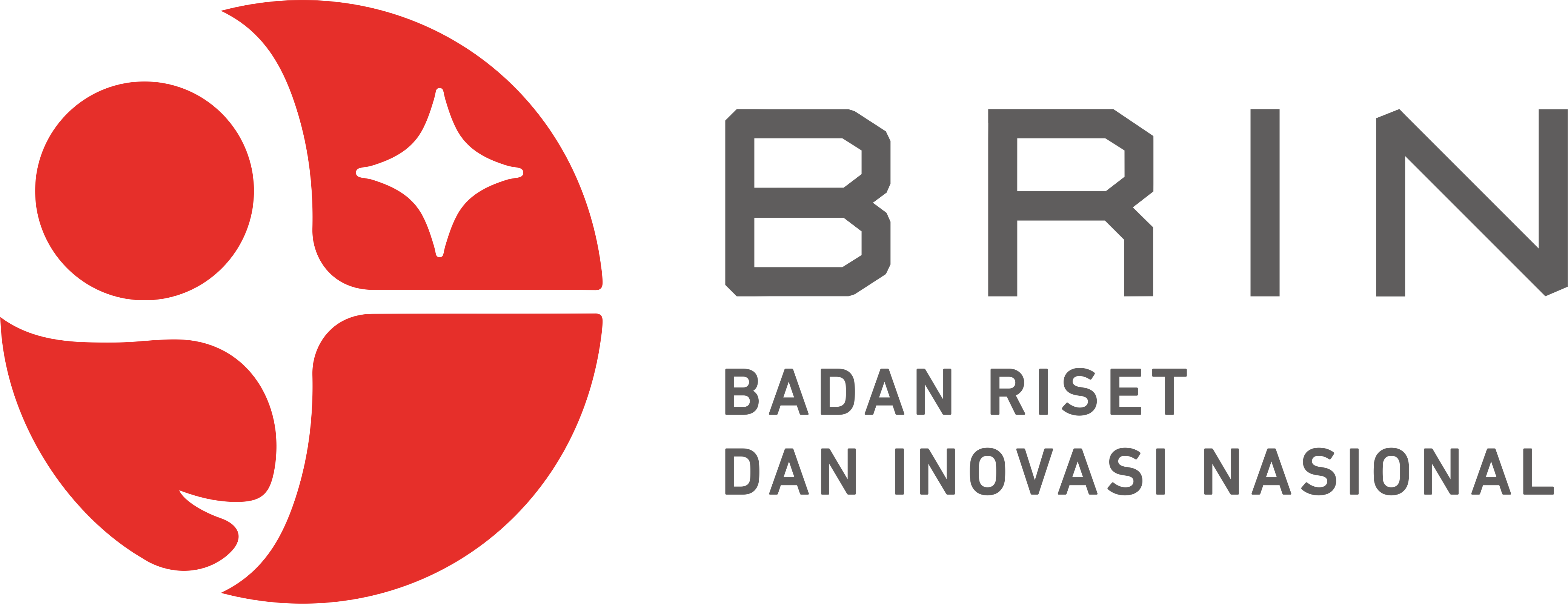IMPLEMENTASI MODEL PEMBELAJARAN STEAM TERHADAP MINAT BELAJAR SISWA
Keywords:
STEAM Learning model, Learning Interest, StudentAbstract
The objective of this study is to ascertain the impact of the STEAM learning model on the learning interests of fifth-grade students in the science subject of SD Inpres 14 Sorong Regency. The research design is experimental, employing a one-group pretest-posttest design. The sample size for this study was
10 students. The data were collected through observation, the administration of learning interest questionnaires, and the examination of relevant documentation. The data analysis techniques included a validity test, a reliability test, a normality test, and a hypothesis test. The results of the reliability test Cronbach's Alpha of the pretest instrument was 0.794 and exceeded the alpha value of 0.794 > 0.6. Thus, the questionnaire instrument is said to be reliable because it has met the requirements. The normality test of the pretest learning outcomes of grade V students has a significance of 0.879 > 0.05 while the post-test has a significance of 0.209 > 0.05. The hypothesis test obtained ????ℎ????????????????????of 12,150 with dk = n – 1 (10-1 = 9) obtained ???????????????????????? 2.262 sig results (2-tailed) of 0.000. Based on the results, the value of 0.000 is less than 0.05 where 0.000 < 0.05. The results of this test indicate that the alternative hypothesis (H₁) is accepted and the null hypothesis (H₀) is rejected. It can thus be concluded that the STEAM learning model has significance on students' interest in learning science subjects in class V of SD Inpres 14 Sorong Regency.
Downloads
References
Agusniatih, A., & R., S. M. (2022). Implementasi Pembelajaran STEAM melalui Kegiatan Fun Cooking Sebagai Pembelajaran Abad 21. Jurnal Obsesi : Jurnal Pendidikan Anak Usia Dini, 6(6), 6502–6512. https://doi.org/10.31004/obsesi.v6i6.3418
Annisa, D. (2022). Jurnal Pendidikan dan Konseling. Jurnal Pendidikan Dan Konseling, 4(1980), 1349–1358.
Djalal, F. (2017). Optimalisasi Pembelajaran Melalui Pendekatan, Strategi, dan Model Pembelajaran. Jurnal Dharmawangsa, 2(1), 34.
Eka Sari, L., Syahrial, & Risdalina. (2023). Penerapan Pembelajaran STEAM untuk Meningkatkan Minat Belajar dan Kemampuan Berpikir Kritis Siswa Sekolah dasar. Jurnal Ilmiah Pendidikan Citra Bakti, 10(3), 530–543.
Festiawan, R. (2020). Belajar dan pendekatan pembelajaran. Universitas Jenderal Soedirman, 1–17. Hendracipta, N. (2021). Buku Ajar: MODEL MODEL PEMBELAJARAN SD. 1997, 1–135.
Made Kembar Nesa Sariawan, Yudiana Kadek, & Bayu Gede Wira. (2020).
gautama,+19.+Made+Kembar+Nesa+Sariawan+325-333 (1). Jurnal Penelitian Dan
Pengembangan
Pendidikan, 4(2),
325–333.
https://www.researchgate.net/publication/346079842_Penggunaan_Model_Pembelajara n_Numbered_Heads_Together_dalam_Meningkatkan_Hasil_Belajar_IPA
Matondang, A. (2018). Pengaruh Antara Minat Dan Motivasi Dengan Prestasi Belajar. Jurnal
Pendidikan
Bahasa
Dan
Sastra
Indonesia, 2(2),
24–32.
https://jurnal.uisu.ac.id/index.php/Bahastra/article/view/1215 Nurfajariyah, A. F., & Kusumawati, E. R. (2023). 2646-5693-1-Sm-3. 8(1), 49–63.
Nurwulan, N. R. (2020). Pengenalan Metode Pembelajaran STEAM Kepada Para Siswa Tingkat Sekolah Dasar Kelas 1 Sampai 3. Jurnal Madaniya, 1(3), 140–146.
Pratiwi, N. K. S. (2022). Metode Pembelajaran Dasa Dharma Sebagai Implementasi Pendidikan Holistik. Metta : Jurnal Ilmu Multidisiplin, 2(3), 133–145. https://doi.org/10.37329/metta.v2i3.1799
Sari, N. P. (2020). Implementasi pembelajaran matematika realistik berbasis STEAM di sekolah dasar. Jurnal Pendidikan Dasar, 1–13.
Starzinski, A. (2017). DigitalCommons @ Hamline Foundational Elements Of A Steam Learning Model For Elementary School by Primary Advisor : Bill Lindquist.
Wulandari, A. P., Salsabila, A. A., Cahyani, K., Nurazizah, T. S., & Ulfiah, Z. (2023).
Pentingnya Media Pembelajaran dalam Proses Belajar Mengajar. Journal on Education, 5(2), 3928–3936. https://doi.org/10.31004/joe.v5i2.1074
Yuwanita, I., Dewi, H. I., & Wicaksono, D. (2020). Pengaruh Metode Pembelajaran Dan Gaya Belajar Terhadap Hasil Belajar Ipa. Instruksional, 1(2), 152.







